Samsung Exynos 2200 is arguably an iconic mobile SoC that integrates AMD GPU graphics technology for the first time. This is the latest RDNA2 architecture, which has long been proven to be quite energy-efficient. However, we do not know if this architecture is not suitable for mobile terminals. We can not also tell if Samsung's process and design have issues. However, what we know is that it does not live up to expectations from tests. This is quite a shocking result. There have long been reports that in the GPU aspect, the Exynos 2200 will completely beat the Snapdragon 8 Gen1. However, practical tests are proving otherwise.
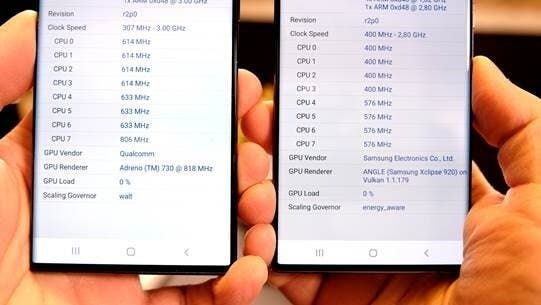
Recently, a series of GPU tests were carried out using the Samsung Galaxy S22 series. The digital experts used the Samsung Galaxy S22 Ultra with Exynos 2200 (SM-908B) as well as Snapdragon 8 Gen 1 (SM-908U1). The test is strictly to assess their GPU graphics performance.
Three tests were carried out using 3DMark Wild Life, 3DMark Wild Life Extreme, and GFXBench Manhattan off-screen.
3DMark Wild Life
On 3D Mark Wild Life, the Exynos 2200 scores less than 7% higher than the Exynos 2100. However, it significantly trails the Snapdragon 8 Gen 1 by as much as 30%.
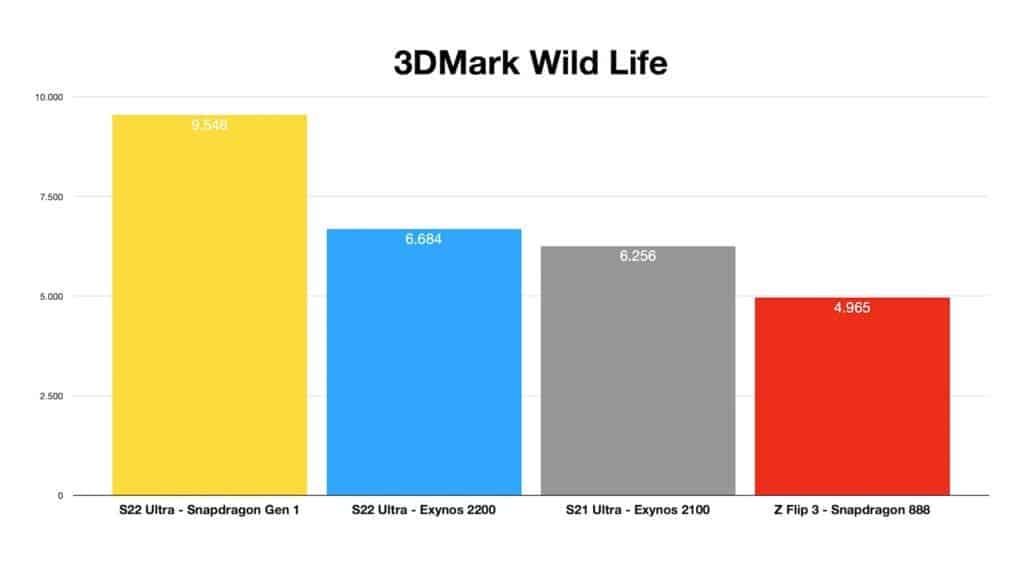
3DMark Wild Life Extreme
The situation is similar using the 3D Mark Wild Life Extreme. The Exynos 2200/2100 performance is indistinguishable. However, the Exynos 2200 also significantly lags behind the Snapdragon 8 Gen 1 by as much as 26%.
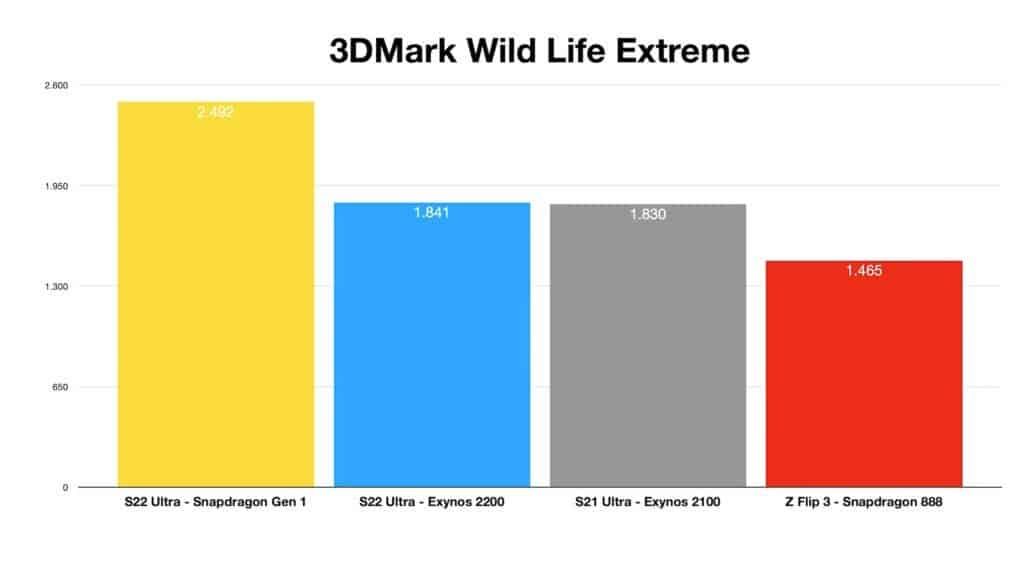
GFXBench Manhattan off-screen
The results are similar, the Exynos 2200 has no improvement compared to the previous generation. However, relative to the Snapdragon 8 Gen 1, it is nearly 24% lower.
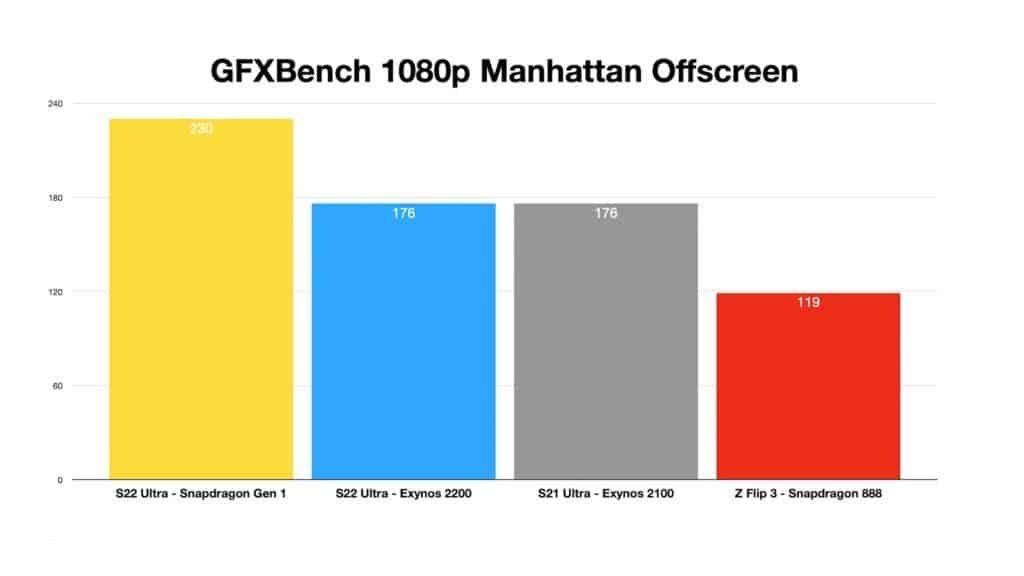
Although theoretically there is still room for optimization and improvement before the Galaxy S22 series is launched, the congenital insufficiency of the hardware is already so, and it is powerless to return. Thus, for this generation, it appears that the Exynos chip will stay behind again. We can only look forward to the next generation to see if Exynos SoC can put up a good fight.
Before the official release of the Snapdragon 8 Gen 1 and Exynos 2200, there were reports about their performance. When it comes to GPU, nobody gave Snapdragon 8 Gen 1 any chance against the Exynos 2200. However, it is quite shocking that the Exynos 2200 is trailing behind the Snapdragon 8 Gen 1. In fact, it is not just behind, it is trailing significantly. This is a huge disappointment for users who had high hopes for the Samsung chip. The supremacy of Snapdragon chips in the flagship sector continues, we now wait for the practical position of the Dimensity 9000.
Exynos 2200 technical specs
The Exynos 2200 comes with a new GPU based on the AMD RDNA 2 architecture found on the PlayStation 5, Xbox Series S, and X consoles. This chip offers “the best mobile gaming experience” thanks to the Xclipse 920 video accelerator, the fresh Armv9 architecture, and an improved neural core (NPU) that doubles the performance of its predecessor.
The new Exynos 2200 processor and its Xclipse graphics accelerator support ray tracing and variable rate shading for smartphones, features that enhance the gaming experience and have so far only been available on PCs, laptops, and consoles. Samsung has confirmed that the Xclipse 920 GPU is just the first generation of several AMD RDNA GPUs in plans for Exynos chipsets.

Exynos 2200 has a combination of eight computing cores with the Armv9 architecture; which are grouped into three clusters. Arm Cortex X2 main core is at the head with three large performance Cortex-A710 cores; and four low-power Cortex-A510 cores.
In addition, the Exynos 2200 has a high-speed 3GPP Release 16 5G modem supporting sub-6GHz and mmWave bands. With the new dual E-UTRAN (EN-DC) connection; it can use 4G LTE and 5G NR signals and boost up to 10Gbps. An embedded security element (iSE) has been proposed for storing private encryption keys. In addition, the native encryption hardware for UFS (Universal Flash Memory); and DRAM improve the security of sharing user data encryption only within a secure domain.
The image processor offers support for an image sensor up to 200 MP; as well as the ability to write 8K@30 fps and 4K@120fps video. It can handle up to 7 cameras in one smartphone. The platform support LPDDR5 RAM and UFS 3.1 storage memory. It also supports 4K resolution displays at a refresh rate of 120 Hz or QuadHD + at 144 Hz. The Exynos 2200 has been mass-produced and it arrived with the Galaxy S22 series.
Snapdragon 8 Gen1 technical specs
The CPU keeps the three-cluster design and is perfectly in line with the previous leaks. There is a Prime Core with an ARM Cortex-X2 core with a 3.0 GHz clock speed. There are also three "supporting" performance cores based on the newer ARM Cortex-A710 standard. Those will run at 2.5 GHz. Finally, we have four efficiency cores that will also sport the new ARM Cortex-A510 standard running at 1.8 GHz.
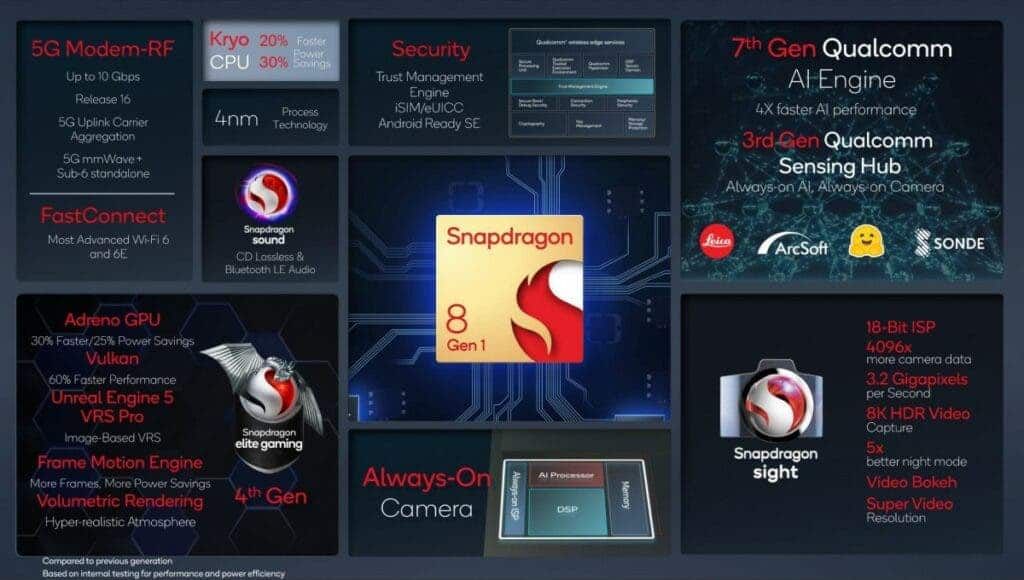
Overall, the new CPU will be 20 percent faster than the one in the Qualcomm Snapdragon 888. It will also reduce power usage by up to 30 percent. That certainly is a significant upgrade. The upcoming Xiaomi 12, for example, will be 20 percent faster than its predecessor.
Now the next big thing is on the GPU part. The new chipset introduced the new Adreno 730 GPU with a 30 percent performance boost and up to 25 power-saving thanks to its new architecture. Qualcomm developed three Elite Gaming features, one of which will allow developers to strike a balance between performance and power efficiency. The Adreno Frame Motion Engine allows the GPU to render a game at double the frame rate while using the same amount of power. Alternatively, it can keep the FPS the same while cutting power draw by half.
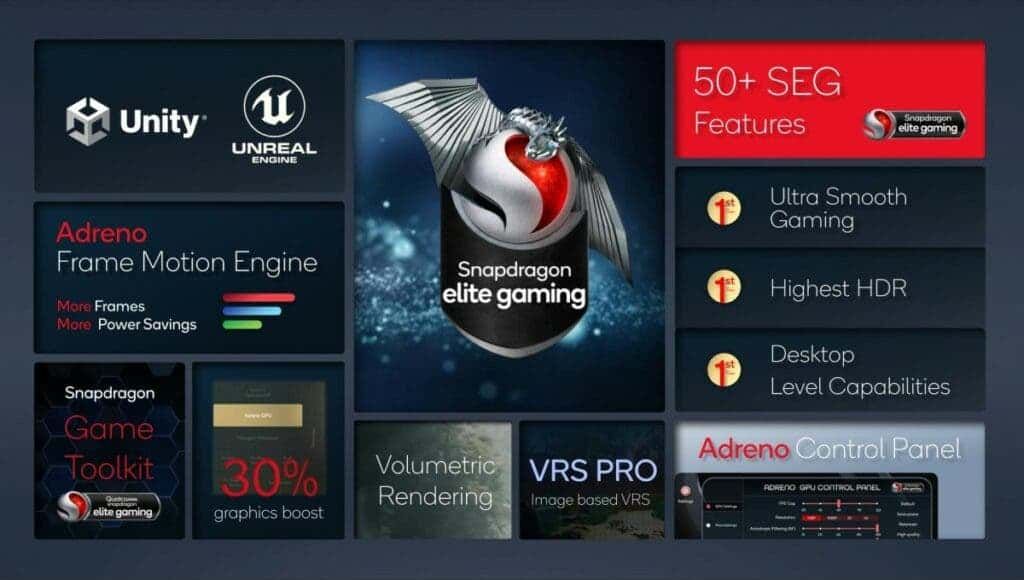
The set of new features also include desktop-class volumetric rendering. It is used for dramatic lighting effects, the god rays that level designers seem to love so much. Also new is Variable Rate Shading Pro, an image-based VRS that should streamline the integration of VRS into more games. According to the chipmaker, there are already many partnerships with solid game developers to extract the best of the new hardware.
Connectivity, Media, and Security
The Snapdragon 8 Gen 1 brings an integrated X65 5G modem. It offers support for both sub-6 and mmWave operations. It can deliver theoretical peak speeds of 10 Gbps. For the first time, it also supports carrier aggregation for the uplink.
Local connectivity enjoys Wi-Fi 6 and 6E support, plus improvements to Bluetooth. The new chip is capable of streaming CD Lossless Audio over Bluetooth LE. It also supports Bluetooth LE Audio. It also offers support for Stereo recording along with voice-back channels.
Qualcomm also ensures top-notch security with its new flagship SoC. There is a new Trust Management Engine. It will sit below the hypervisor standard. The new Engine will remain secure even if the security zones above it are compromised.
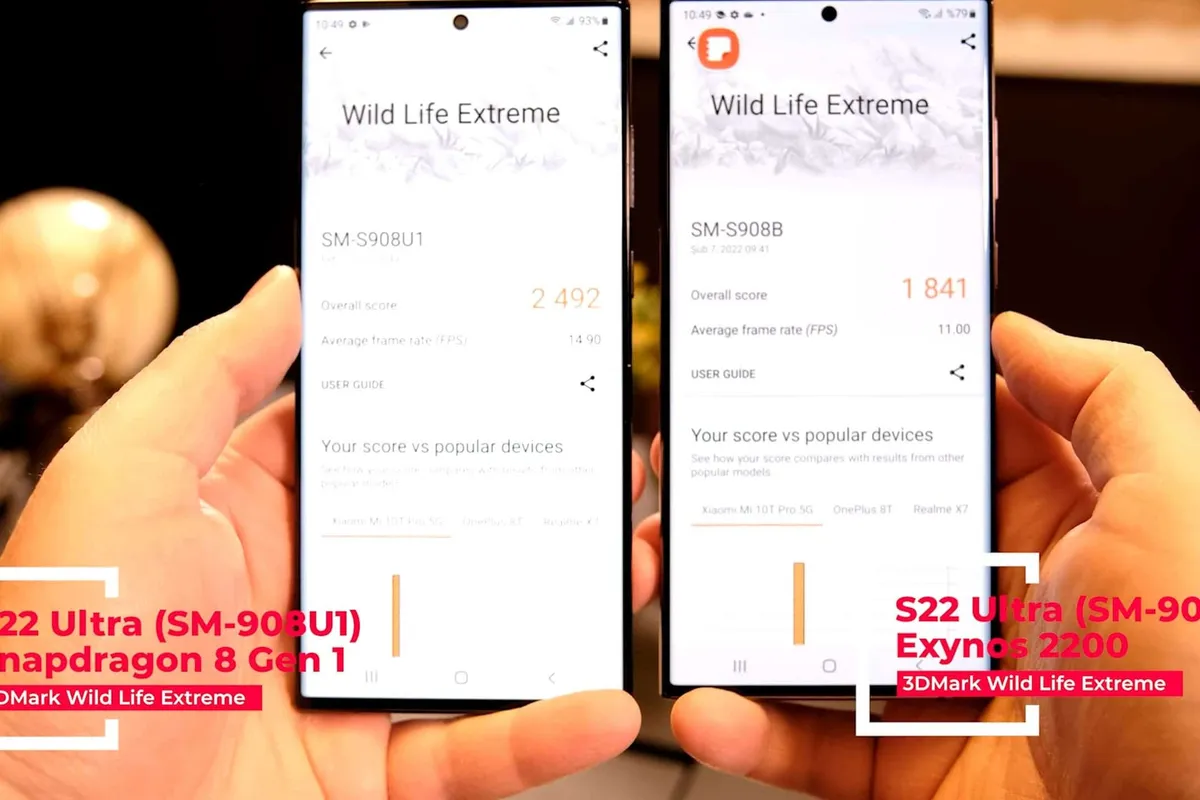





Place comments
0 Comments
You are currently seeing only the comments you are notified about, if you want to see all comments from this post, click the button below.
Show all comments